-
- By DAN WALTERS CalMatters Mar 14, 2022

Without literacy, it’s impossible to acquire other necessary skills, such as using mathematics, or to become an informed citizen and voter.
California doesn’t score very high on literacy. In fact, according to the World Population Review, only 77 percent of adult Californians are considered to be mildly to highly literate — the lowest level of any state.
Given that, it shouldn’t be surprising that California’s 6 million public school students also don’t score very high on tests of reading skills. In the most recent round of state testing, just 49 percent of students scored at or above standards in English language arts.
It’s also not surprising that in national academic tests, California is no better than average and in some categories very low.
For decades, California’s educators, academicians and politicians have battled over how best to teach children to read. “Reading wars” pit advocates of “phonics” against those of “whole language.”
Phonics stresses fundamental instruction in the letters and letter combinations that make up sounds, thus allowing children to “sound out” words and later whole sentences and passages. Its advocates contend that scientific research supports their view.
The whole language approach assumes that reading is a naturally learned skill, much like speaking, and that exposing children to reading material will allow it to emerge.
California embraced whole language in the 1970s and 1980s, but nationwide academic tests in the late 1980s and early 1990s revealed that the state was very near the bottom among the states in reading proficiency, sparking a backlash
Bill Honig, the state schools superintendent at the time, pushed tirelessly for a shift to phonics and a series of bills signed by Republican Gov. Pete Wilson in the mid-1990s made it happen.
Thereafter, however, the whole language faction regained ground. The current recommended curriculum for elementary grades allows some class time for phonics, but generally favors more time for reading, as the whole language philosophy prefers.
The experience of one school in Contra Costa County implies that the phonics approach may be the right one after all.
EdSource, a website that covers California education issues, reports that teachers and administrators at Nystrom Elementary, a school in West Contra Costa Unified, became dissatisfied with their students’ low reading skills and gained permission to shift to a phonics-oriented alternative.
The school has seen “growth across the board” on students’ reading skills, principal Jamie Allardice told EdSource, adding that an increasing number of Nystrom’s students are expected to end the school year with acceptable reading skills as a result.
“We really tried to make it clear to (teachers) that they had literally changed the trajectory of those children’s lives, that they were on track to be behind in school, not only in elementary school because the kids who fall behind tend to stay behind,” Margaret Goldberg, the school’s literacy coach, told EdSource. “These teachers had actually shifted their trajectory of achievement by getting them caught up and no longer in need of such support.”
The lack of in-person instruction during the COVID-19 pandemic stalled educational progress for most students, with Black and Latino kids from low-income families suffering the worst due to lack of resources. The Nystrom experience indicates that shifting back to phonics would help them make up ground — if only the education establishment would accept and implement that reality.
Without a reading renaissance, California’s already shameful level of literacy will continue with untold human and societal damage.
Dan Walters has been a journalist for nearly 60 years, spending all but a few of those years working for California newspapers. He has written more than 9,000 columns about California and its politics and his column has appeared in many other California newspapers. He writes for CalMatters.org a non-profit, non-partisan media venture explaining California policies and politics.
************************************************************************************
Did you know every year many 1,000’s of parents teach their own children to READ? Many of them have used Alpha-Phonics because they have found it can easily be used to teach their children to read. Your Kids can make a lot of headway in only a couple of weeks with this proven program. Alpha-Phonics is easy to teach, is always effective and requires no special training for the Parent. It works ! And it is very inexpensive. You CAN DO it !! Follow the links below to know all about the time-tested (38 + years) Alpha-Phonics program WEBSITE

******************************************
The following video features Sam Blumenfeld, educator and writer. He discusses 24 reasons for choosing to homeschool a child.
****************************************
Here is part one of a 5-part series in which Sam Blumenfeld discusses the history of the alphabet, and shortfalls of modernistic teaching ideas.

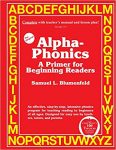 CATHY DUFFY REVIEW
CATHY DUFFY REVIEW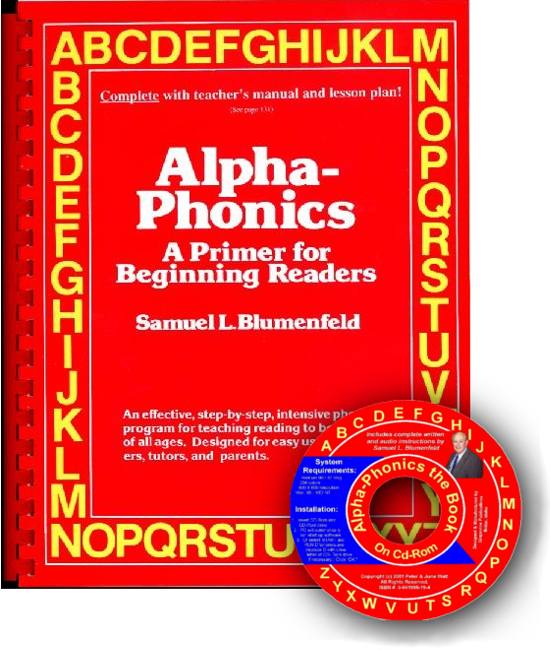 Alpha-Phonics
Alpha-Phonics The Alphabet Song!
The Alphabet Song! Water on the Floor
Water on the Floor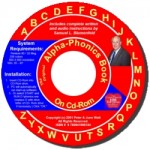 Alpha-Phonics the Book on CD Rom
Alpha-Phonics the Book on CD Rom Blumenfeld Oral Reading Assessment Test
Blumenfeld Oral Reading Assessment Test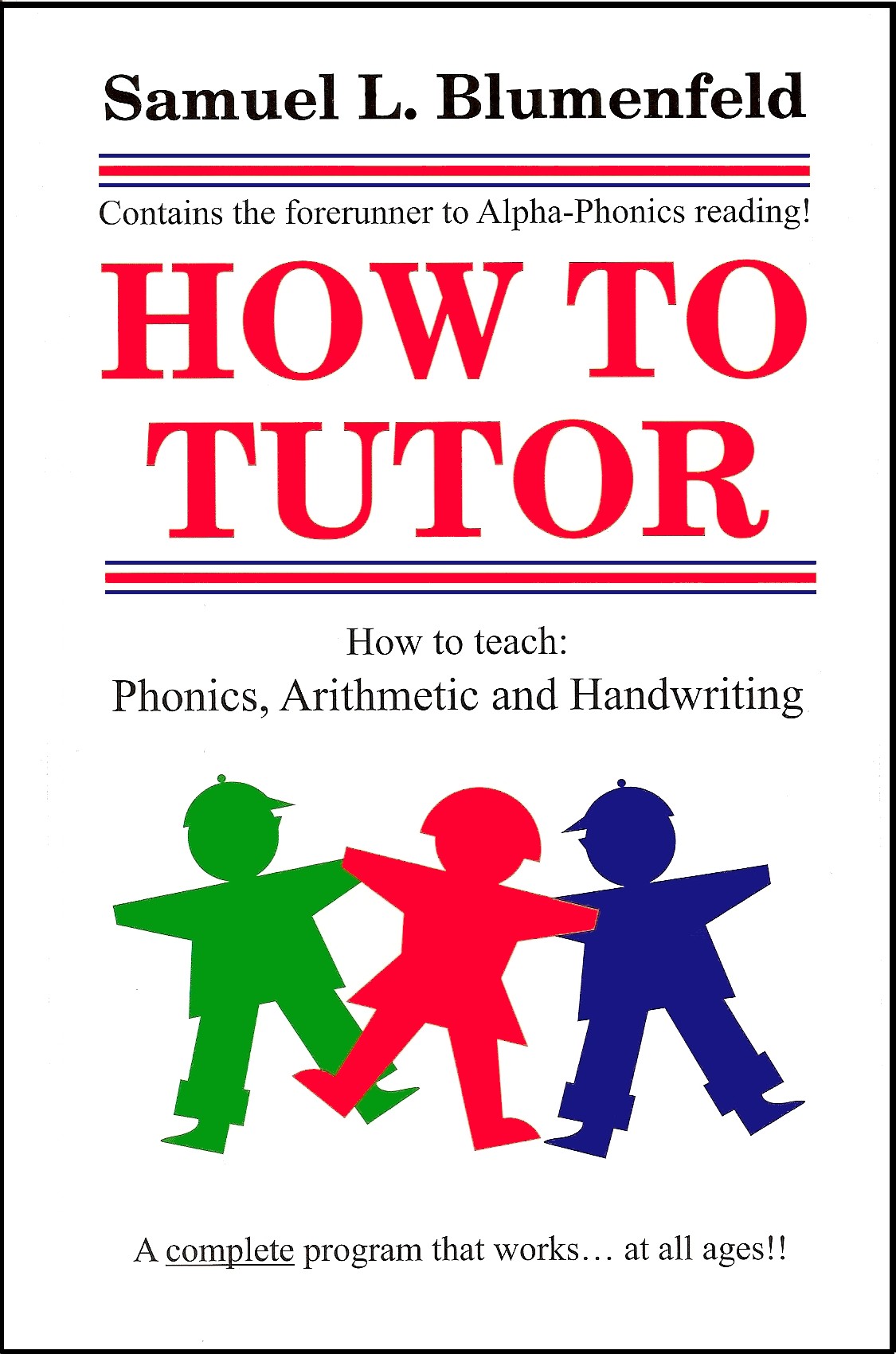 How To Tutor
How To Tutor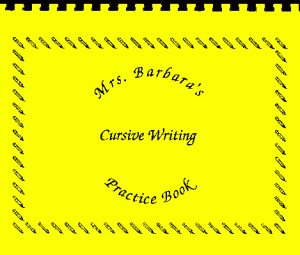 How To Tutor Cursive Handwriting Workbook
How To Tutor Cursive Handwriting Workbook